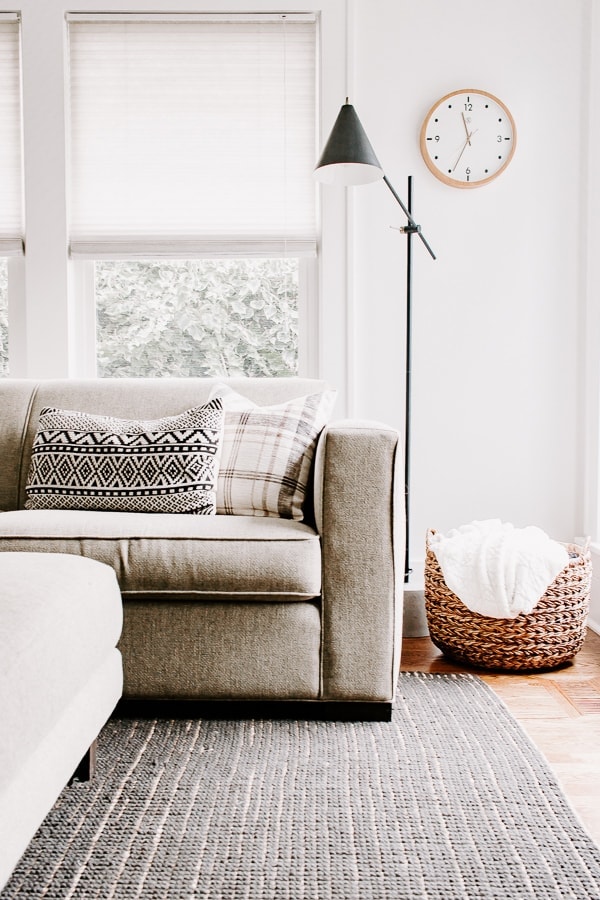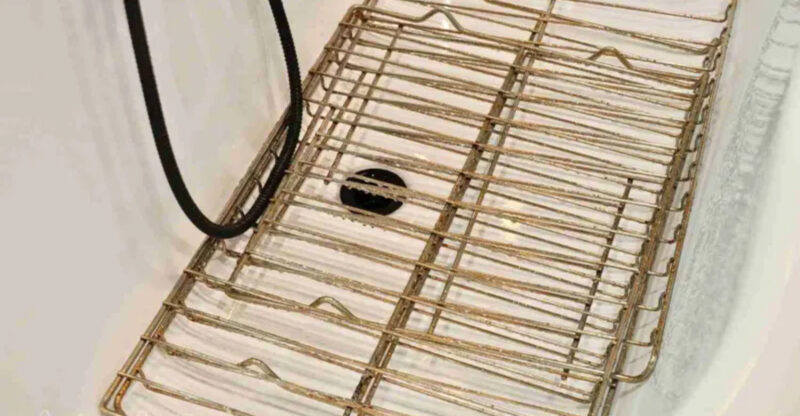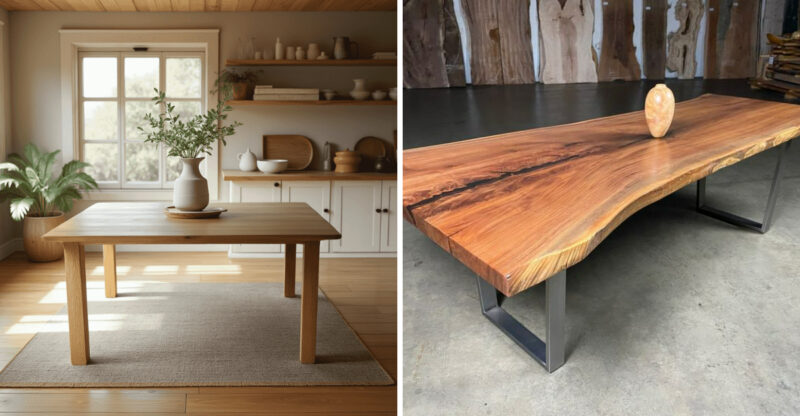Simple Dos And Don’ts To Prevent Accidents In The Kitchen
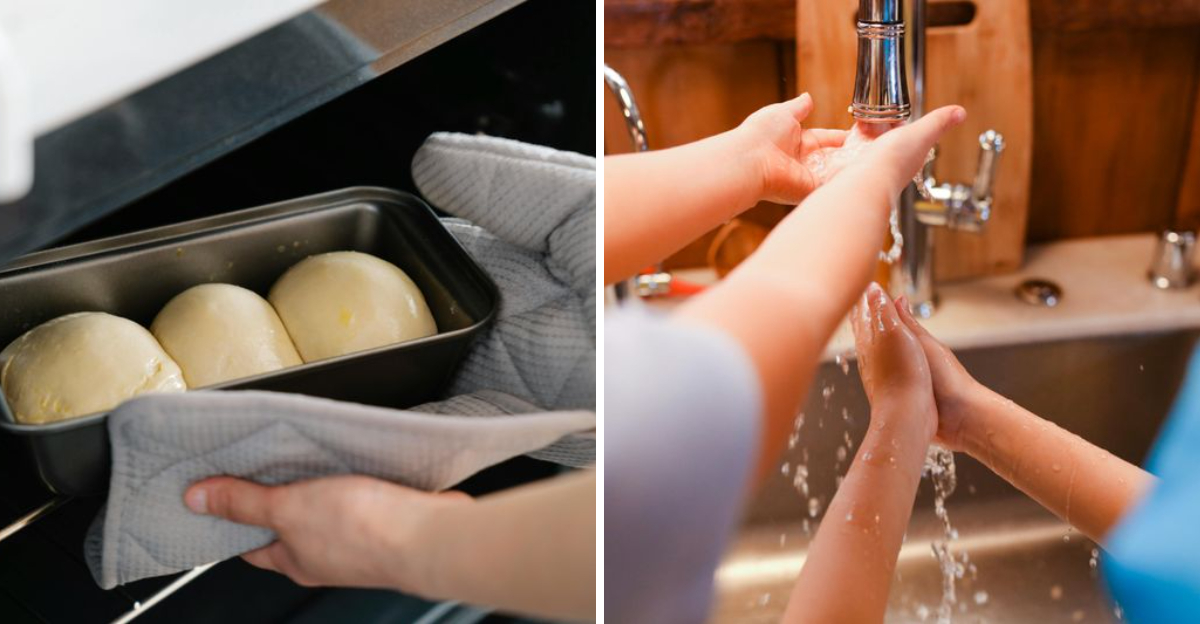
The kitchen can be a dangerous place with sharp knives, hot surfaces, and slippery floors waiting to cause accidents. Every year, thousands of people end up in emergency rooms due to kitchen mishaps that could have been easily prevented.
Learning proper kitchen safety habits not only protects you and your family but also makes cooking a more enjoyable experience.
This information is for general safety guidance only and is not a substitute for professional medical or safety advice.
1. Keep Your Knife Skills Sharp
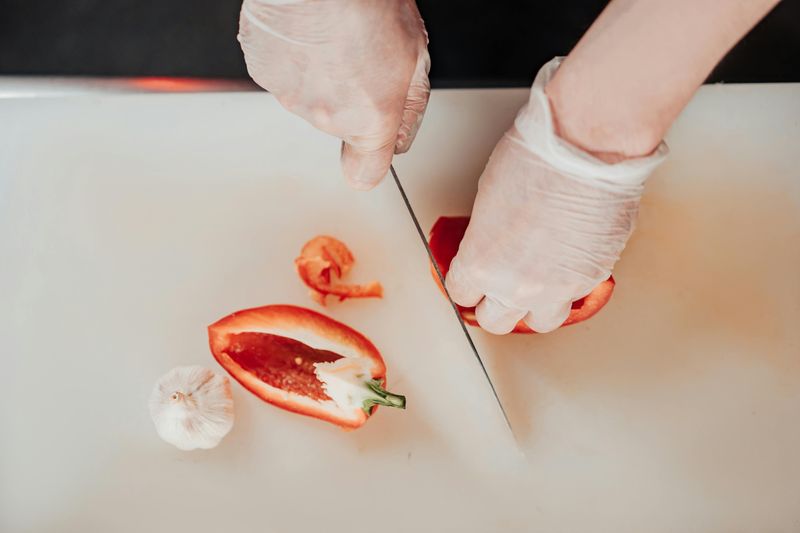
Using dull knives might seem safer, but they actually increase your chance of injury! A sharp knife cuts cleanly while a dull one requires more force and can slip unexpectedly.
Always cut on a stable surface with your fingers curled under, away from the blade. The proper technique includes using a rocking motion rather than sawing, which gives you better control.
2. Wipe Up Spills Immediately
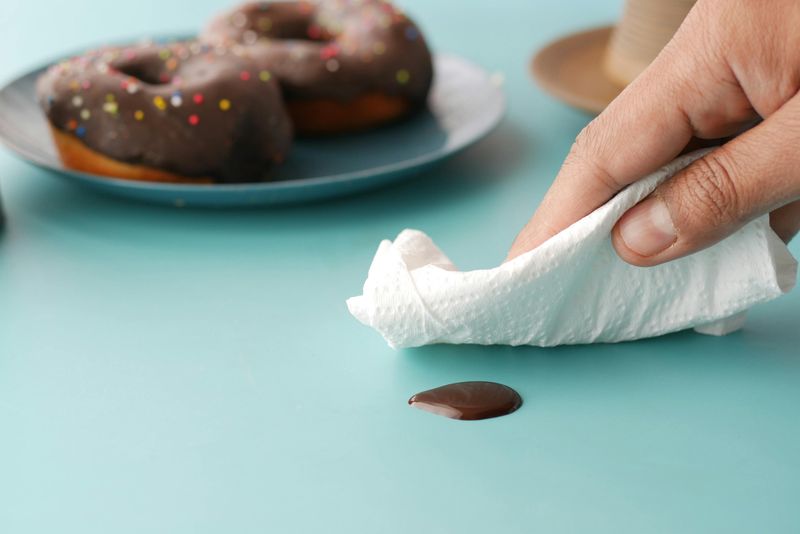
That tiny puddle of water might seem harmless until someone takes a nasty fall! Kitchen floors become particularly dangerous when wet, and cooking liquids can create invisible slick spots.
Keep paper towels or a dedicated kitchen rag handy for quick cleanups. For greasy spills, use warm soapy water instead of just wiping, as grease can remain slippery even when it appears dry.
3. Never Leave Cooking Food Unattended
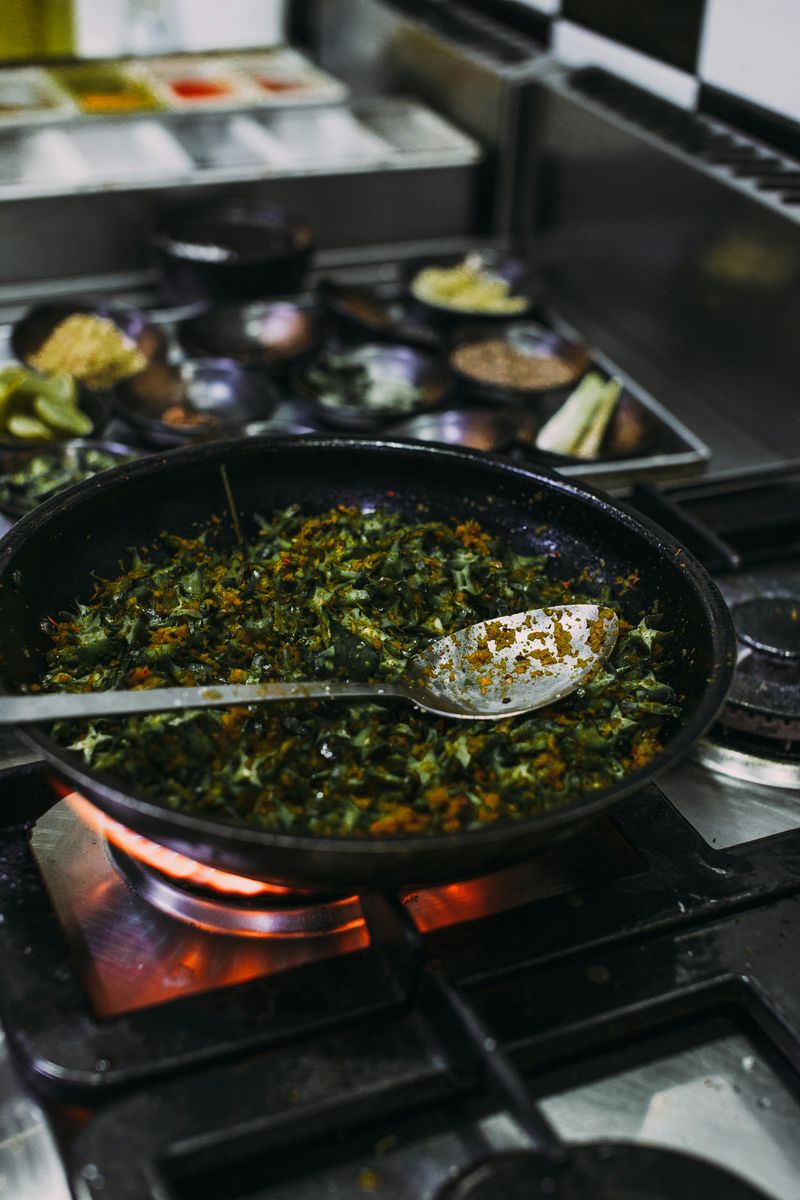
That quick phone call or bathroom break while frying something? Big mistake! Unattended cooking is the number one cause of kitchen fires.
If you absolutely must step away, remove the pan from heat first. For longer interruptions, turn off the stove completely. Remember that oil fires can start in seconds and spread rapidly, so staying vigilant is your best defense.
4. Turn Pot Handles Inward
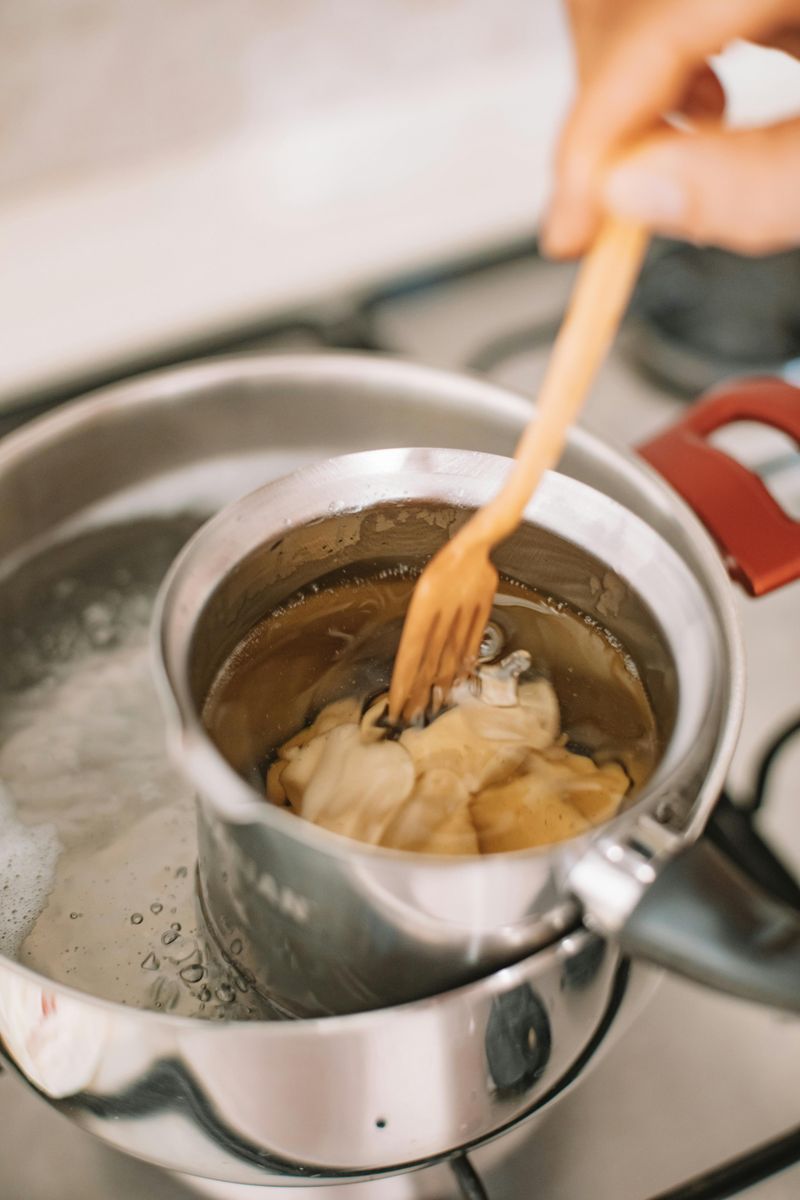
A pot handle sticking out beyond the edge of the stove practically invites disaster! Children might grab it, or you could bump it while moving around the kitchen.
Always position handles away from the edge, pointing toward the back or center of the stove. For extra safety, use the back burners when possible, especially when cooking with hot liquids that could cause severe burns if spilled.
5. Keep A Fire Extinguisher Handy
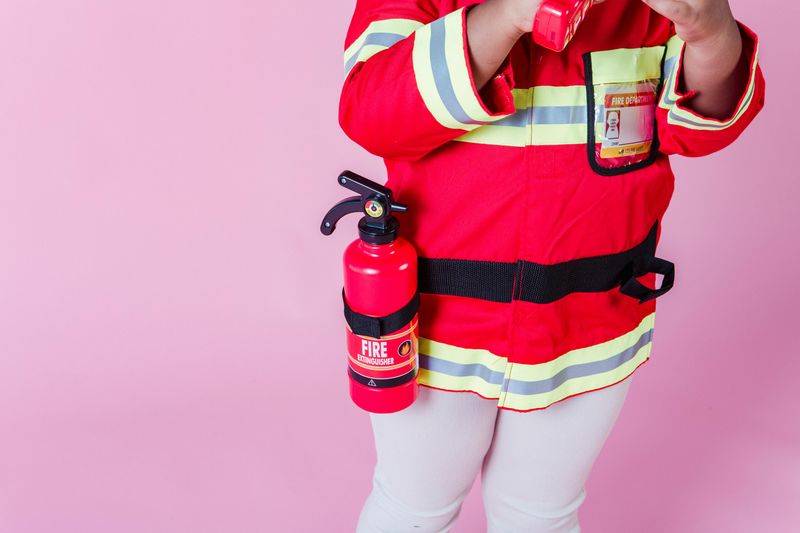
Throwing water on a grease fire makes it worse, not better! Every kitchen needs a properly rated fire extinguisher within easy reach.
Choose a Class B extinguisher specifically designed for cooking fires. Learn how to use it before an emergency happens – remember the acronym PASS: Pull the pin, Aim at the base, Squeeze the handle, and Sweep from side to side.
6. Dress Appropriately For Cooking
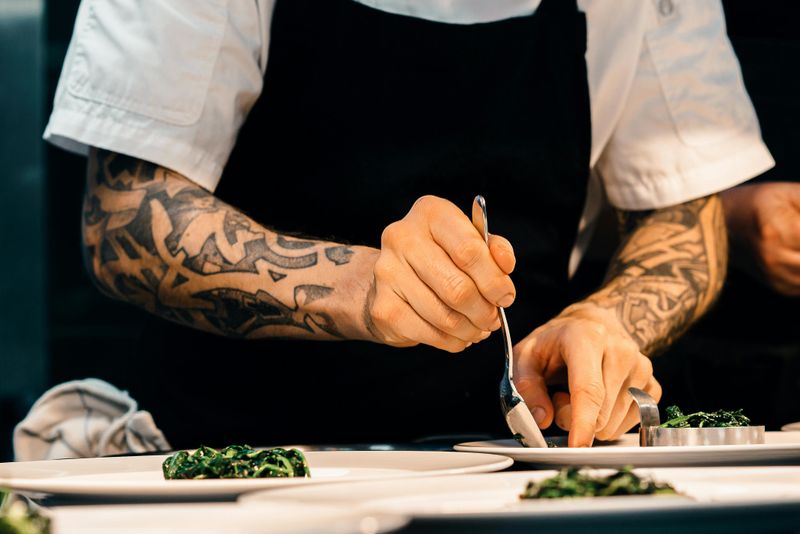
Flowing sleeves might look fashionable, but they’re a recipe for disaster near open flames! Loose clothing can easily catch fire or drag through food and contaminate surfaces.
Roll up sleeves, remove dangling jewelry, and tie back long hair before cooking. Consider wearing an apron not just for cleanliness but as an extra layer of protection against hot splashes that could cause painful burns.
7. Store Heavy Items At Waist Level
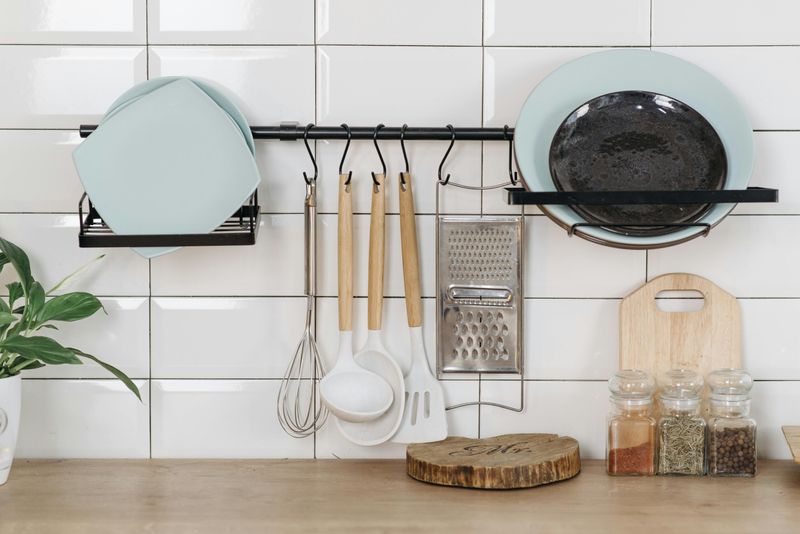
That cast iron skillet stored on the top shelf is an accident waiting to happen! Reaching up for heavy items can lead to drops, strains, or losing balance.
Organize your kitchen with the heaviest cookware and appliances between waist and shoulder height. Reserve higher shelves for lightweight items and lower cabinets for things you use less frequently. This simple reorganization can prevent painful back injuries and dangerous falls.
8. Keep Electrical Cords Away From Heat
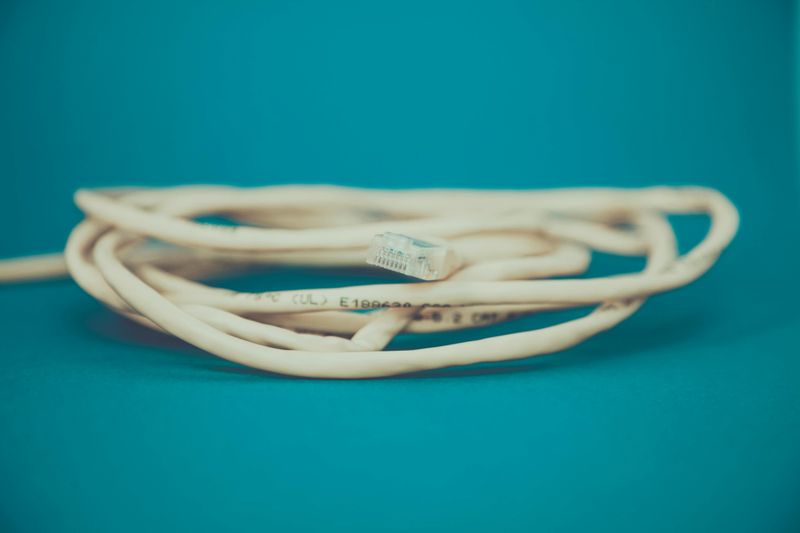
Electrical appliances and water create a shocking combination – literally! Dangling cords near sinks or stovetops invite both electrical hazards and tripping accidents.
Arrange small appliances so their cords don’t cross cooking areas or hang over edges. Never use appliances with frayed cords, and unplug items when not in use. Remember that wet hands should never touch plugs or electrical switches.
9. Use Oven Mitts, Not Dish Towels
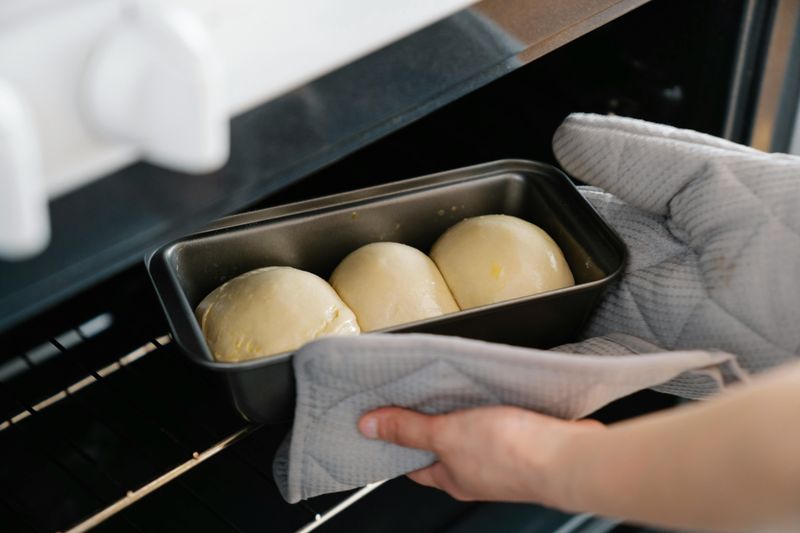
Grabbing that hot casserole with a thin dish towel might seem convenient, but it’s a fast track to painful burns! Dish towels aren’t designed for heat protection and can catch fire if they touch burners.
Invest in quality, thick oven mitts or heat-resistant silicone gloves. Keep them within easy reach of your cooking area. For extra protection when handling large pots, use both hands even when the pot has only one handle.
10. Keep Kids And Pets Out Of The Cooking Zone
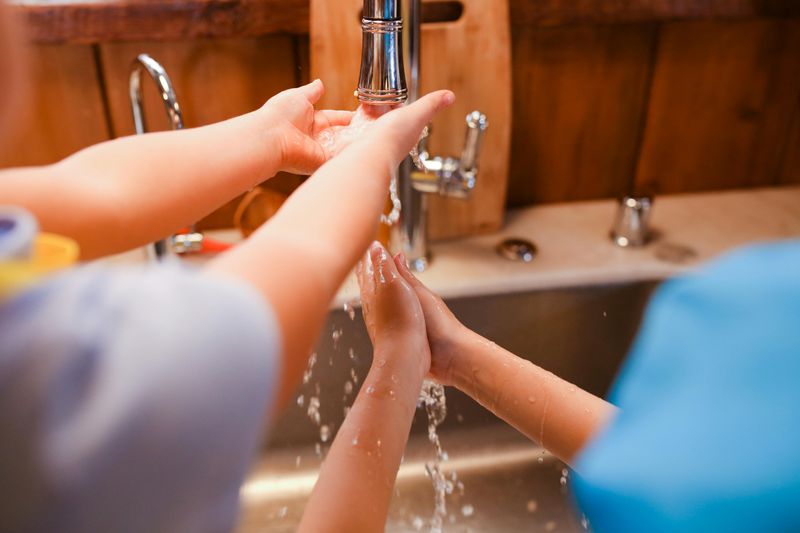
Little helpers are adorable but can create serious safety hazards in busy kitchens! Children and pets underfoot while you’re handling hot foods or sharp tools is a recipe for accidents.
Create a “safety zone” marked with tape if needed, and teach children to stay behind this line while you’re cooking. Consider installing safety gates for toddlers and pets. Save the cooking lessons for dedicated times when you’re not preparing a full meal.

